Vitality Ginseng Five Treasures Kidney Tea
From $15.00
Origins & Craftsmanship
Ginseng Five Treasures Tea, a herbal remedy for awakening your inner energy, blends traditional tonic herbs like ginseng, maca, red and black goji berries, jujubes, barley, and mulberries to counteract the stress and fatigue of modern life. More than just a warming beverage, this tea is a mindful energy ritual for energizing and focusing, helping you regain balance and vitality.
Functions, Benefits, and Uses
Natural Energy & Focus
Enriched with natural energy sources like ginseng and maca, it gently boosts your physical and mental stamina, saying goodbye to the jitters and energy crashes associated with coffee.
Stress Relief & Hormonal Balance
Polygonatum and Astragalus help regulate internal balance, support the immune system, reduce stress and anxiety, and enhance a sense of inner stability.
Male Vitality & Daily Wellness
This ancient remedy, "Tonifying the Kidneys and Nourishing Qi," not only supports men's energy and metabolism but also serves as a daily nourishing tea for restoring overall vitality. Antioxidant & Longevity Support
Goji berries and ginseng work together to boost antioxidant levels, helping to scavenge free radicals, slow aging, and nourish internal organs.
Brew with approximately 90°C hot water for 3–5 minutes. Multiple infusions are possible, with the second infusion being more mellow. It's recommended to drink 1–2 times daily to continuously regulate Qi and blood.
Cultural Fusion
This tea combines Chinese herbal wisdom with Western mindful living philosophies:
From the traditional philosophy of "replenishing Qi and nourishing the kidneys" to the modern meditative culture of "mind-body awareness," each infusion becomes a ritual of self-healing and energy renewal.
How to Use
Morning Boost: A gentle alternative to coffee for a productive and focused start to the day.
Midday Mindfulness: Brew a cup during a busy period to return your body to its normal rhythm.
Evening Rejuvenation: Helps the body relax and restore energy.
Recommended for:
Modern individuals seeking relief from stress, anxiety, and mood swings
Those seeking better sleep and insomnia
Those enthusiasts of yoga, meditation, and mindfulness
Those seeking digestive and gastrointestinal health
Those pursuing a natural, additive-free, and healthy lifestyle.
Brew a pot of ginseng five-treasure kidney tea, breathe deeply in the steaming water, and let your mind settle with the aroma.
First sip: The warm, sweet herbal aroma awakens the senses.
Second sip: Energy flows gently through the body.
Third sip: The mind settles, entering a state of focus and awareness. Perfect for morning meditation, post-workout recovery, or evening self-reflection.
China’s tea culture has a long and profound history, blending philosophy, art, etiquette, and lifestyle. The wisdom within the way of tea is vast—something we can spend a lifetime learning, experiencing, and practicing.
The art of tea is also the art of the heart. In truth, the process of making tea itself is a gentle form of meditation. Each time we brew and taste tea, we are given the chance to practice focus, cultivate mindfulness, and find inner peace. When we lift the teapot, pour the water, serve the infusion, and share the tea, our full attention rests on each delicate movement. In that moment, we are free from tomorrow’s work, the trivialities of daily life, regrets of the past, or uncertainties of the future.
At that very instant, we live wholly and purely in the present, honoring the here and now. You may notice the sound of water becoming clearer, the fragrance of tea more vivid and layered. Brewing tea is no longer just a mechanical act—it becomes a heartfelt communion with tea, allowing the spirit to find its resting place in the present.
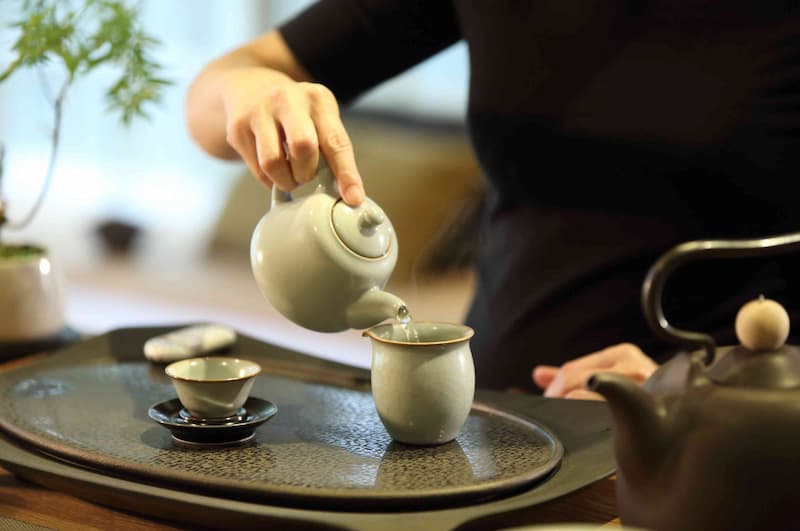
How to Brew a Good Cup of Tea
A fine cup of tea requires not only quality leaves but also skill in brewing. If you feel that your tea-making has not improved, it may be due to overlooked details. The following guidance will help you quickly enhance your tea-brewing technique.
Step 1: Choosing the Teaware
Selecting the right teaware is the foundation of brewing good tea. Different materials include porcelain, clay, Yixing (purple clay), and glass; different shapes include small teapots, large teapots, gaiwan (lidded bowls), and cups. Here are recommendations:
Green Tea & Yellow Tea: Glass Cups
Glass cups showcase the beauty of tea leaves unfurling in water. Most green and yellow teas are delicate and cannot withstand high heat, so avoid teapots with strong heat retention like Yixing clay.
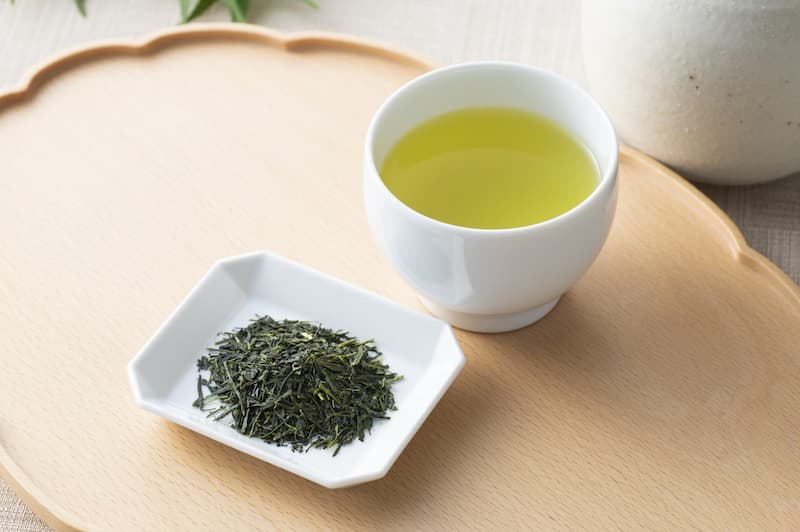
Black Tea: White Porcelain Gaiwan
Black tea should not be brewed with boiling water. A wide porcelain gaiwan dissipates heat quickly, allowing better control of steeping time. Keep the lid open after brewing to avoid sourness. A porcelain gaiwan also highlights the color of the tea.
Oolong Tea: Gongfu Teaware
Gongfu-style brewing, traditional in Fujian and Guangdong, brings out the tea’s aroma and flavor complexity. Small Yixing teapots or gaiwans are preferred for appreciating fragrance and subtle taste layers.
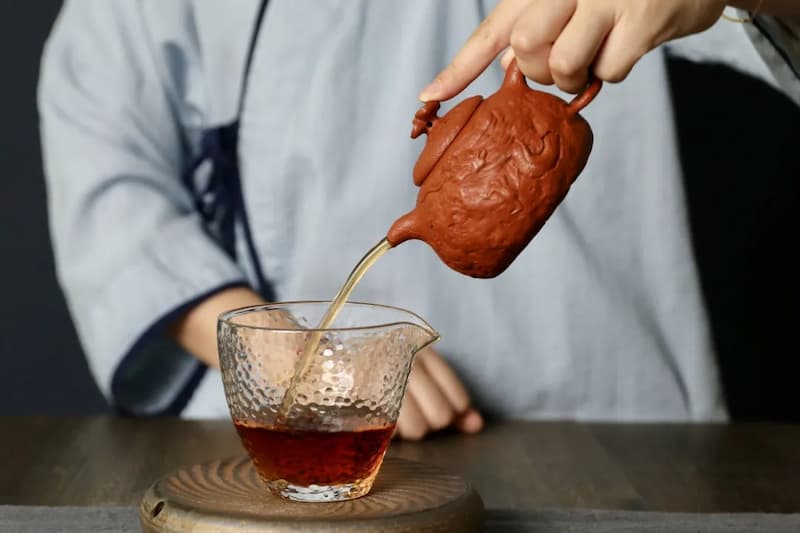
Dark Tea (Hei Cha): Yixing Clay Teapot
The porous structure of Yixing clay improves air circulation and refines the depth and rhythm of dark tea, softening any storage odors.
White Tea: Gaiwan or Brewing Pot
Silver Needle and White Peony require lower water temperatures and quick heat dissipation, best brewed in a gaiwan. Aged Shoumei or old white tea is more suitable for slow simmering in a small pot, enhancing its jujube and medicinal aromas.

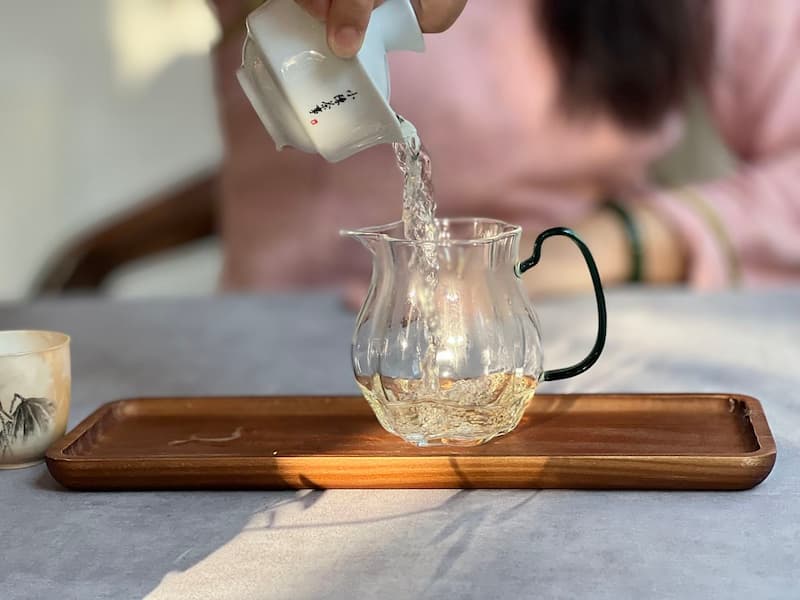
Pu-erh Tea: Gaiwan or Yixing Teapot
For raw or ripe Pu-erh, a porcelain gaiwan reveals delicate flavors. Aged Pu-erh, however, benefits from Yixing teapots that mellow storage odors and make the liquor smoother.
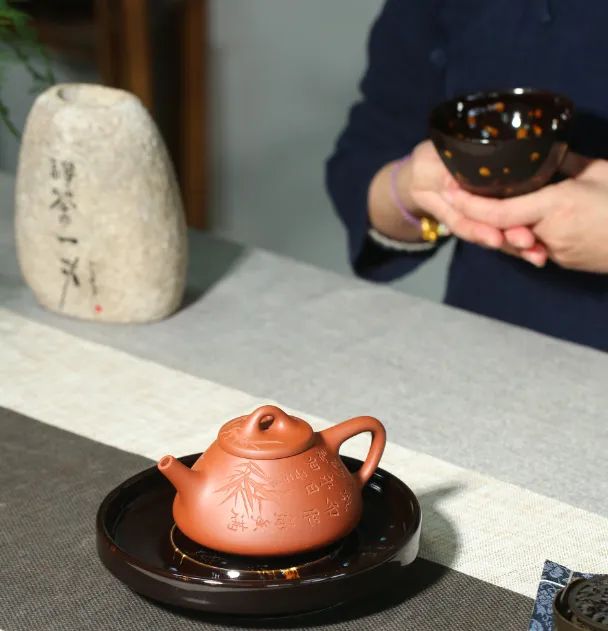
Step 2: Preparing Water
Water quality greatly affects tea:
Purified water, mineral water, or filtered water are best. Tap water, being harder and sometimes chlorinated, can alter the taste.
Boiling water properly:
Always boil water to 100°C before cooling to the desired brewing temperature. Tang Dynasty tea master Lu Yu described three boiling stages:
1、Fish eyes forming with light sound.
2、Bubbling like spring pearls along the edges.
3、Rolling waves, surging and roaring.
Ideally, water should be taken off the boil at the second or just into the third stage for best vitality. Overboiling reduces oxygen, weakening the taste.
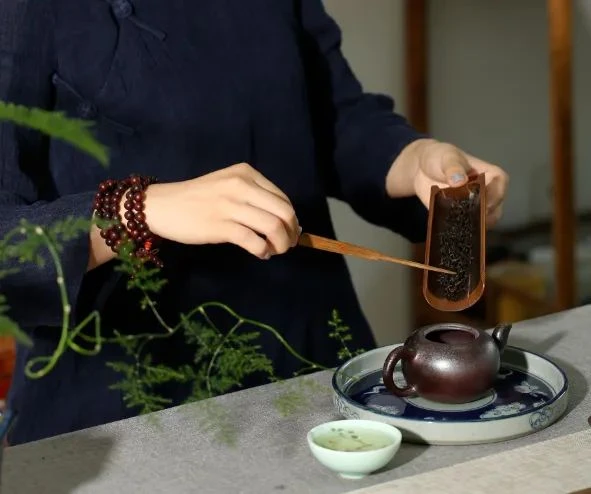
Recommended water temperatures by tea type:
1、Green & Yellow Tea: 80–90°C
2、Black Tea: Small-leaf 80–90°C; Large-leaf 90–95°C
3、Oolong, Pu-erh, Dark Tea: 100°C
4、White Tea: Tender types 80–90°C; Aged white tea 100°C
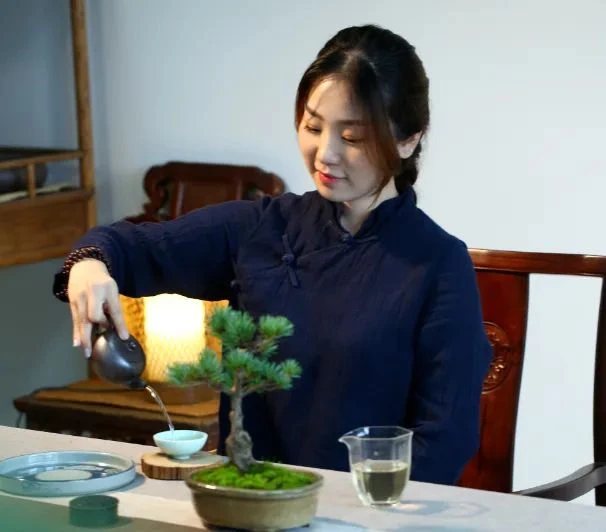
Step 3: Brewing the Tea
Measuring the Tea:Place an appropriate amount of tea into a tea holder to observe its shape and aroma before brewing.
Warming the Teaware:Pour boiling water into the pot or gaiwan, then into a fairness pitcher, then into cups. This prepares the teaware and helps release the tea’s fragrance when leaves are added.
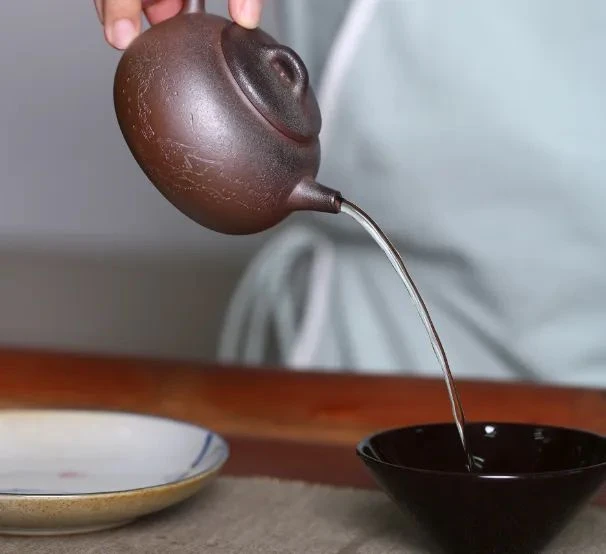
Awakening the Tea:Quickly rinse the leaves with hot water (around 90°C). This softens and opens the leaves while washing away dust. Do not use boiling water, which can extract too much flavor.
Steeping:Adjust the steeping time based on tea type and your preference, gradually lengthening the time with each infusion. For teas that should not be brewed with boiling water, let the water cool in the fairness pitcher before use.
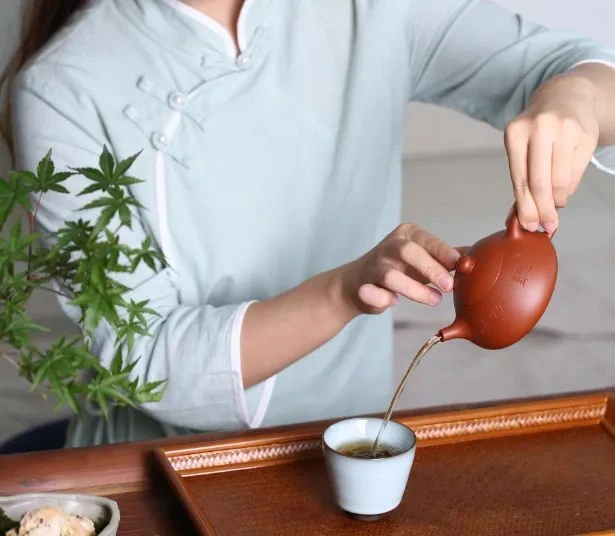
Brewing tea is not about rigid correctness—different people and methods bring out different nuances. By learning the basics, practicing with care, and brewing with mindfulness, you will always be able to enjoy a good cup of tea.
You must be logged in to post a review.
Free Shipping Over $90
Fast Guaranteed Delivery
Easy Returns & Exchanges
60,000 happy customers
Related Products
China Hangzhou West Lake Longjing Green Tea
From $38.00Ginseng Five Treasures Tea Kidney Tea
From $48.00Mindful Harmony Aged White Tea
From $38.00Royal Gold Saffron——Awaken Your Inner Light
From $58.00FAQs
Please read our Shipping and Returns page to find out more.
Tenmoku glazes have high iron-content, creating rich colors and shiny surfaces. When fired, the iron forms patterns like oil spots or streaks, giving each piece a unique look.
Yes, they are 100% food safe.
As the clay comes from the ground, there is no guarantee that the wares are 100% free of lead. It's less than 0.01%. It' safe to use. The fluxing agent for the glaze is natural iron ore and wood ash, not a bit of lead was used in the process.
Yes, we do ship worldwide. United States, Canada, France, Belgium, Germany, Netherlands, Switzerland, United Kingdom, Ireland, Iceland Spain, Portugal, Denmark, Finland, Norway, Sweden, Slovenia Poland, Hungary, Austria, Czech Republic, Israel, Japan, South Korea, Vietnam, Singapore, Malaysia, Thailand, Philippines, Indonesia, Australia, New Zealand, Italy, Brazil, Chile, South Africa, UAE, Kuwait, Saudi Arabia, Lebanon.
If you are not happy with it, you can send it back within 30 days for an exchange or refund. No question asked.
ONLINE SUPPORT
24/7 Email & If you have any questions, please feel free to contact us for answers.

FREE SHIPPING
Mockito official website offers free shipping on all orders over $90.

FAST SHIPPING
Express tracked shipping using DHL or similar internationally recognised courier service.

ONLINE SUPPORT
24/7 Email & If you have any questions, please feel free to contact us for answers.

100% PRODUCT SATISFACTION
We take pride in our work and guarantee you 100% product satisfaction.
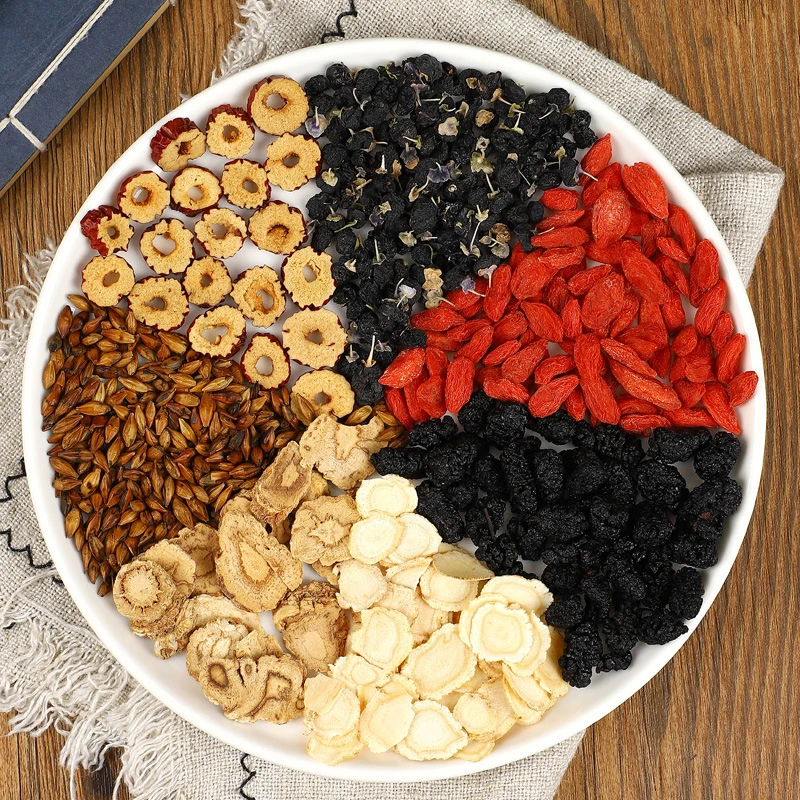
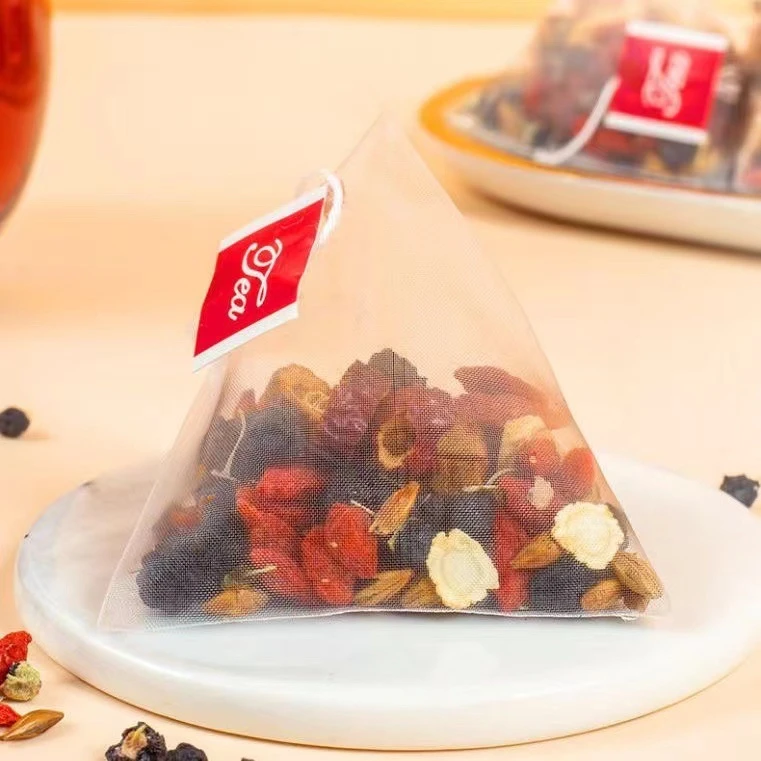
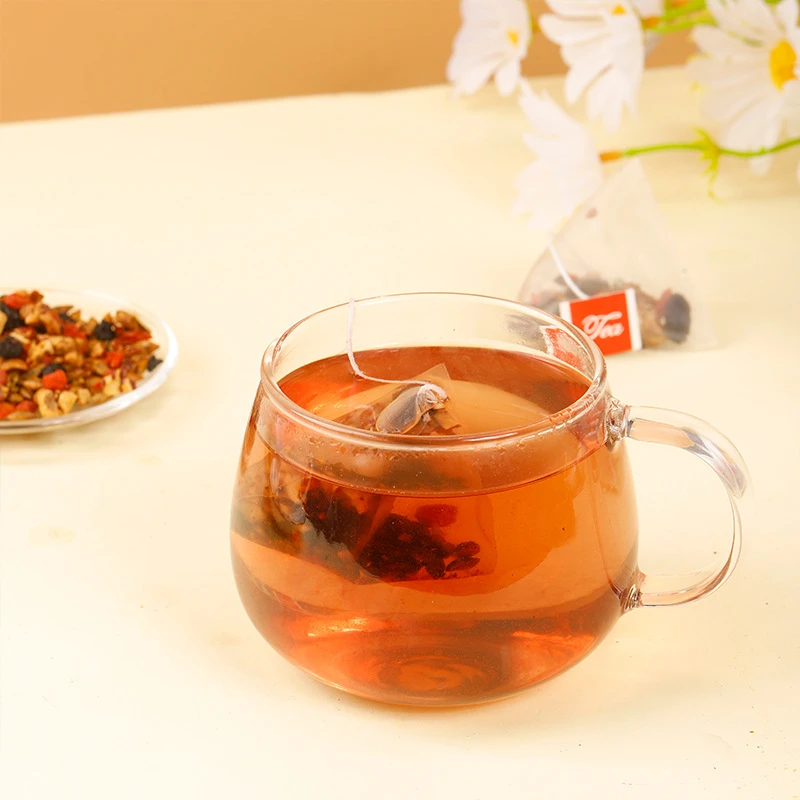
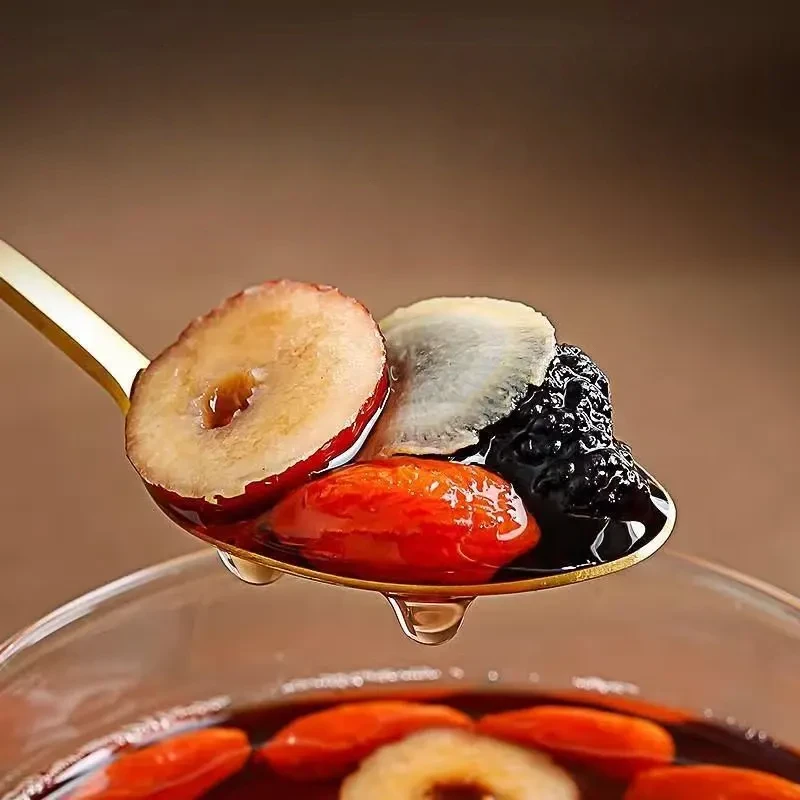
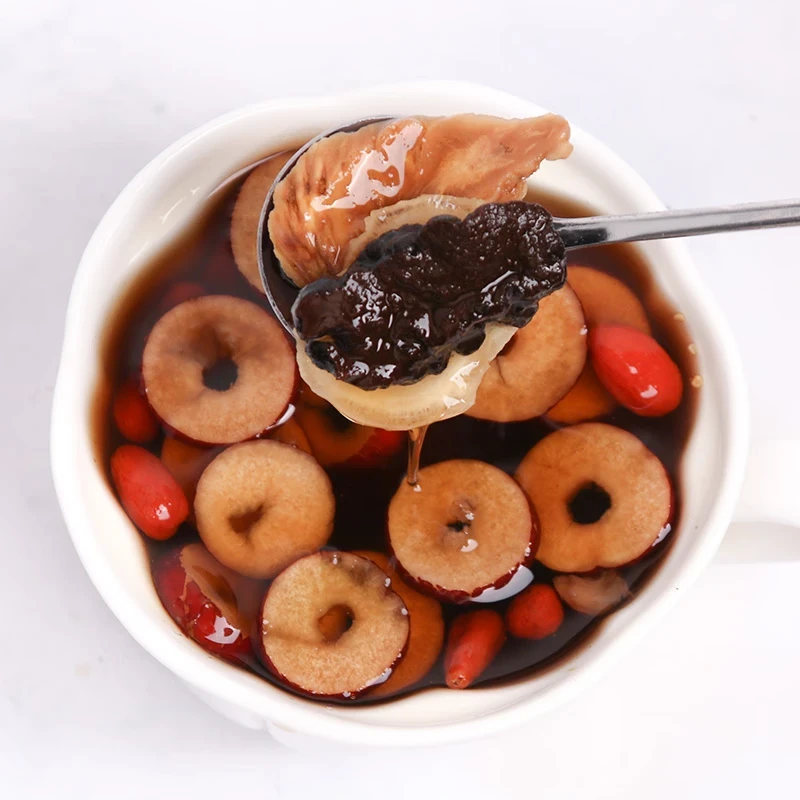
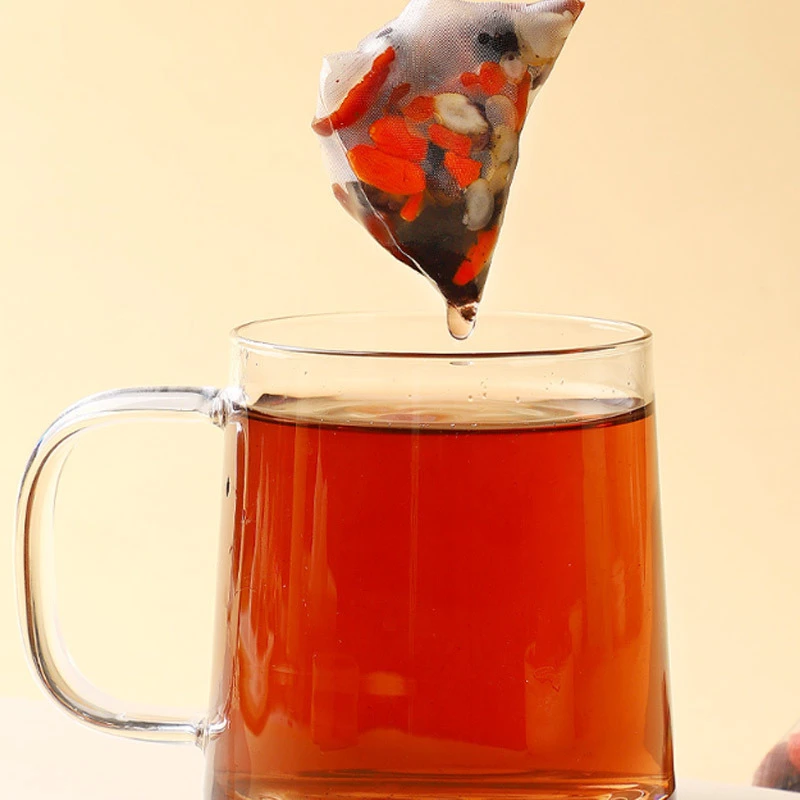
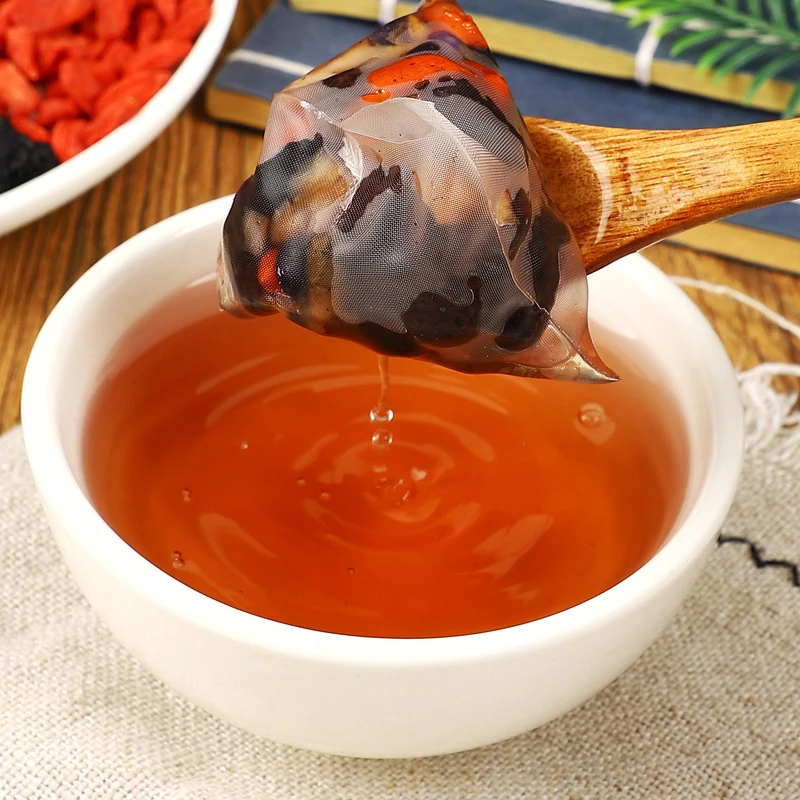
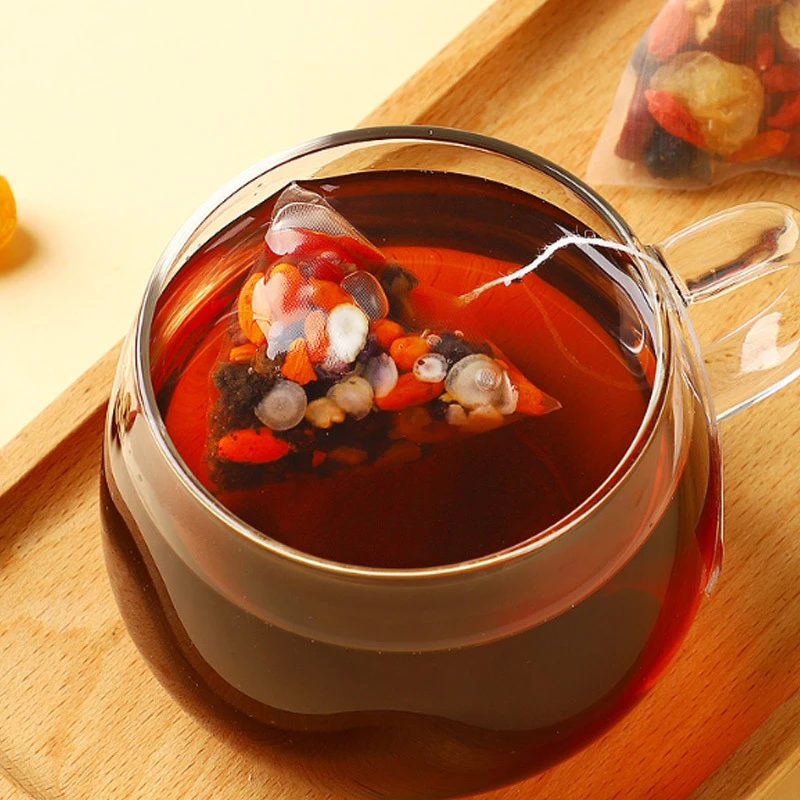
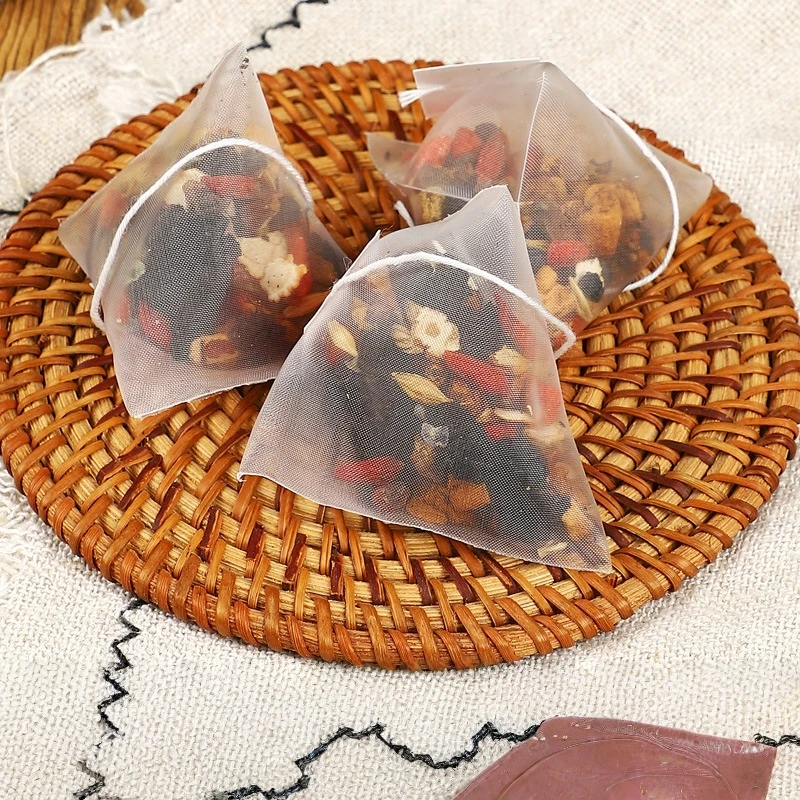
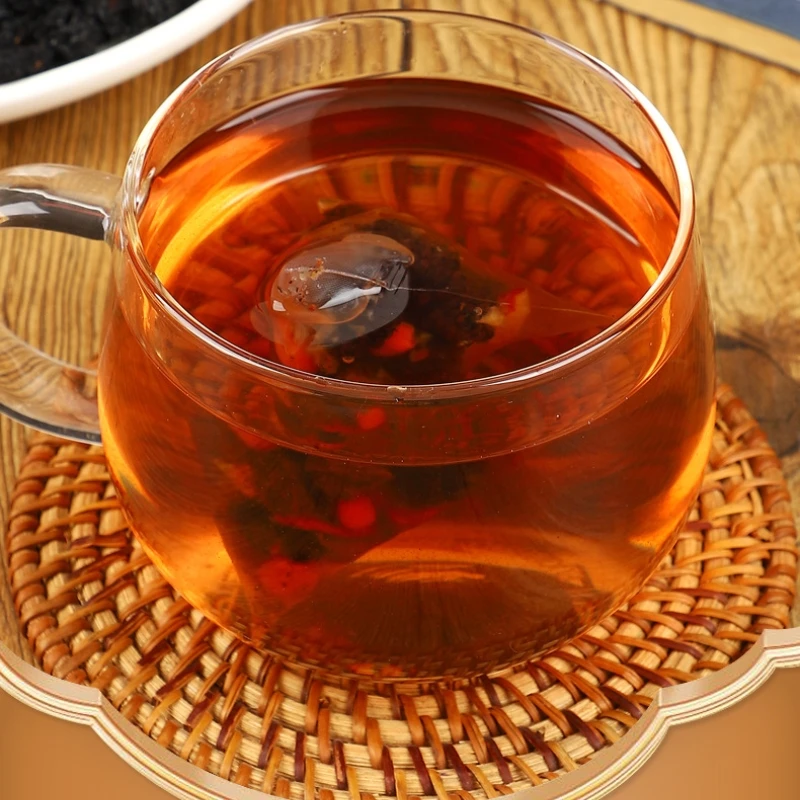


















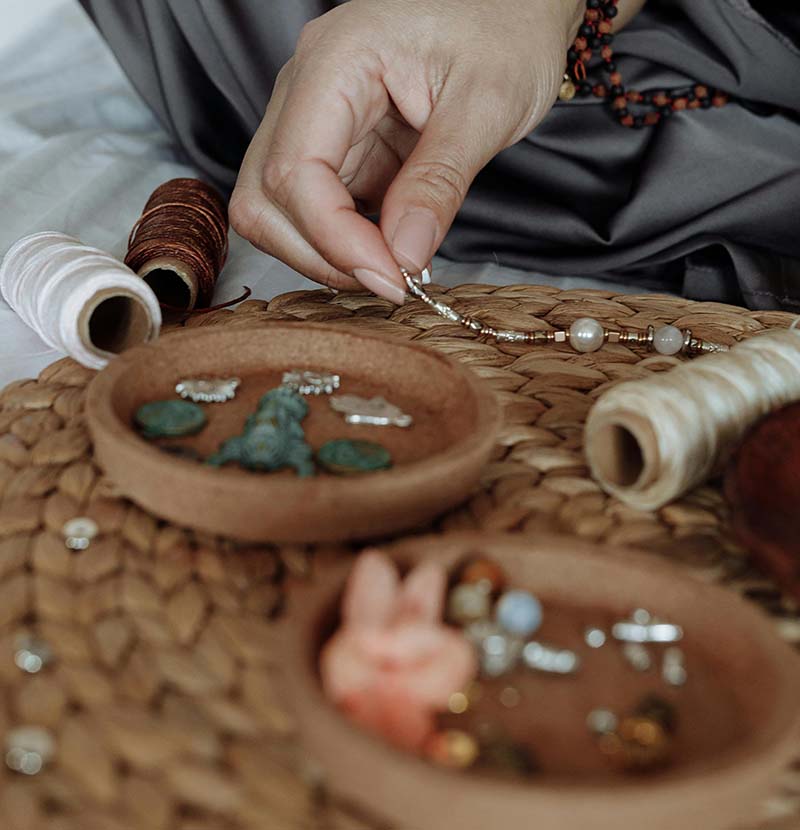
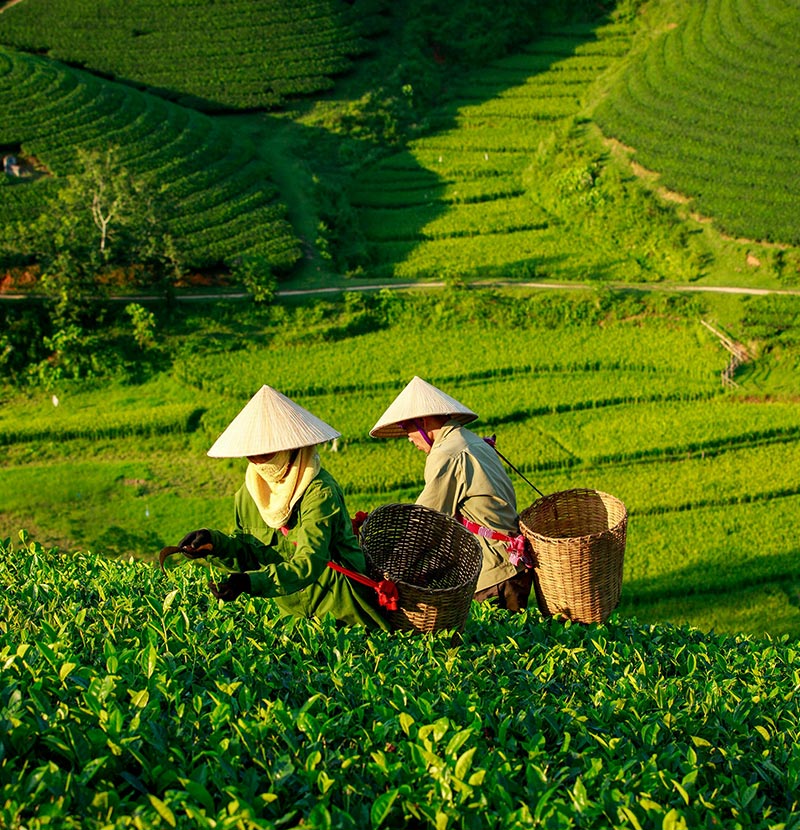
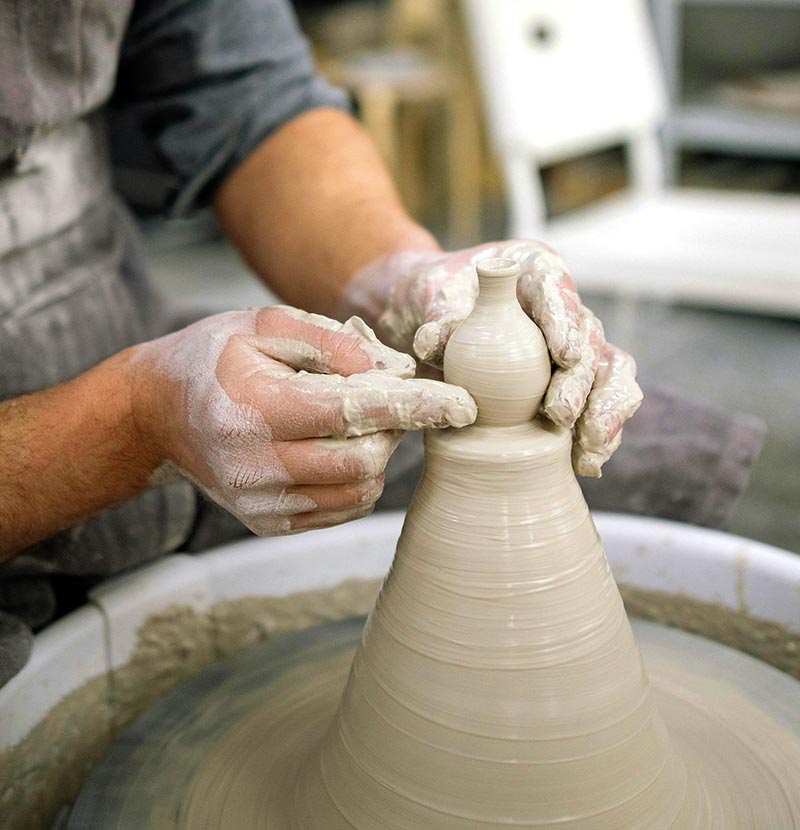
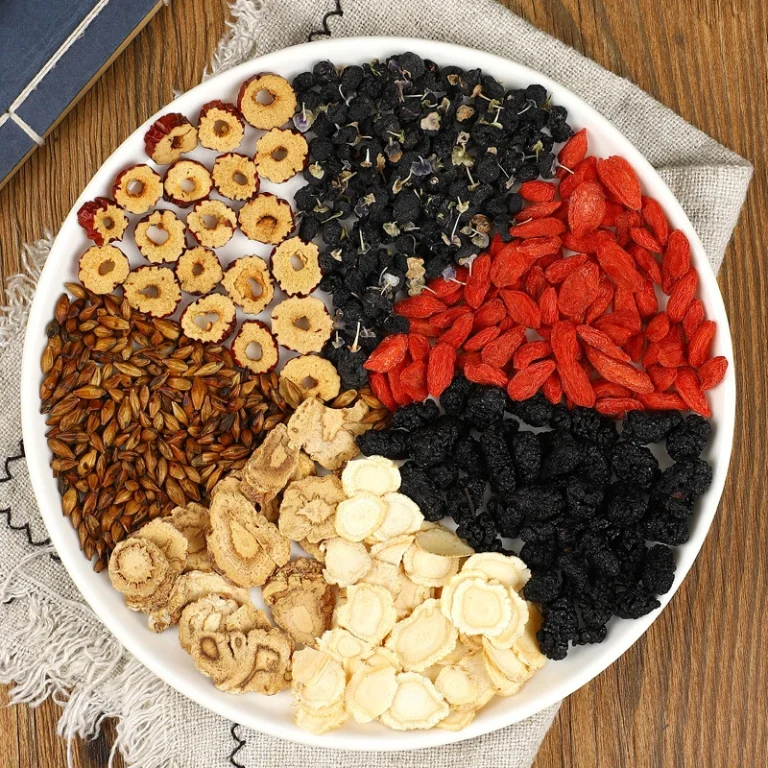
Reviews
There are no reviews yet.